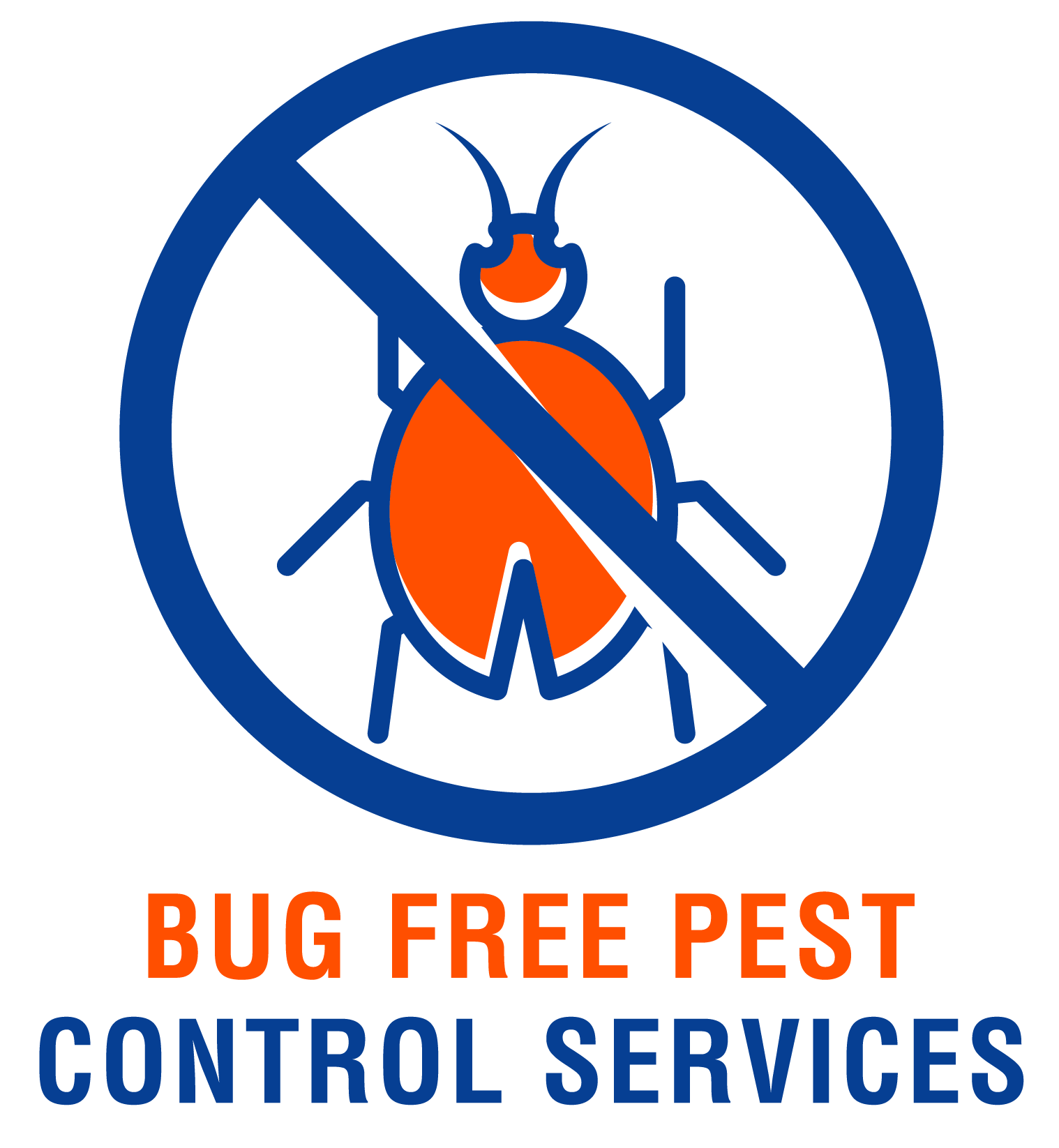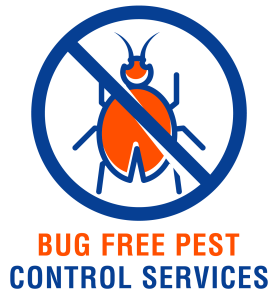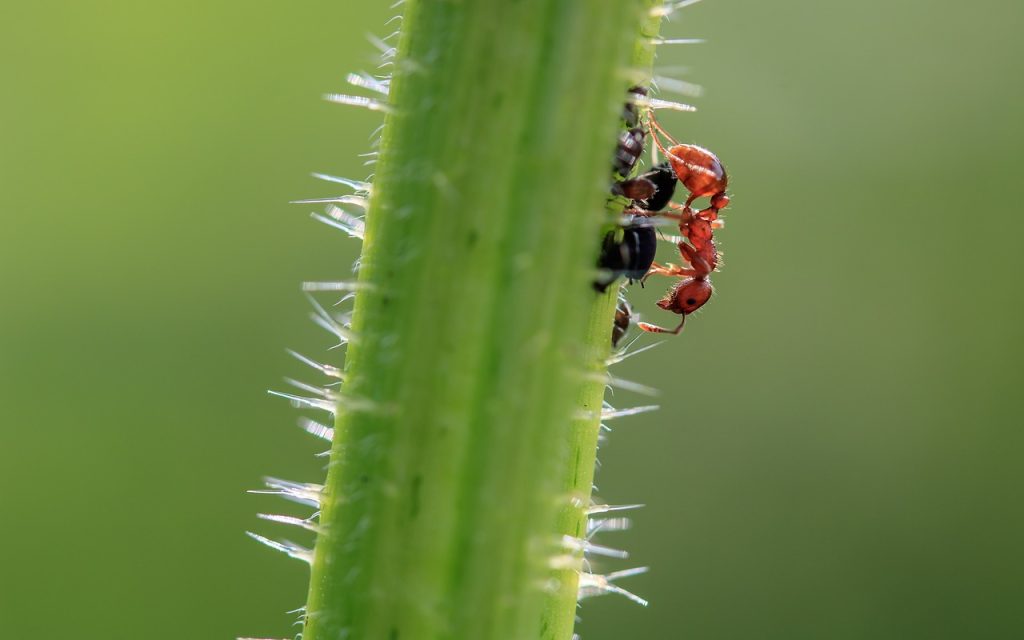If you find yourself dealing with pesky pests in your home or garden, fret not! In this article, you will discover 10 effective do-it-yourself pest control methods that will help you tackle these intruders head-on. From simple remedies using household items to preventive measures, this comprehensive guide will arm you with the knowledge and tools to keep those unwelcome guests away. So say goodbye to the frustration of dealing with pests and hello to a pest-free environment with these easy-to-follow solutions.
Sealing Entry Points
Identify common entry points
When it comes to preventing pests from entering your home, the first step is to identify common entry points. Inspect your home for any cracks, gaps, or openings that pests could use to get inside. Common entry points include gaps around windows and doors, cracks in the foundation or walls, and openings around utility pipes and vents. Take note of any potential entry points so you can seal them up and keep pests out.
Seal cracks and gaps
Once you have identified the entry points, it’s time to seal them up. Use caulk or weatherstripping to seal any cracks or gaps around windows and doors. Fill in any gaps in the foundation or walls with an appropriate sealant. Pay special attention to areas where utility pipes and vents enter your home. By properly sealing these entry points, you can prevent pests from finding their way inside.
Install door sweeps and window screens
Door sweeps and window screens are essential for keeping pests out while still allowing fresh air to circulate. Install door sweeps on the bottom of exterior doors to create a barrier against pests. Make sure your window screens are in good condition and free from tears or holes. If you notice any damage, repair or replace the screens as needed. Installing door sweeps and window screens is an effective way to prevent pests from entering your home through these openings.
Keeping a Clean Environment
Clean up spills and crumbs immediately
One of the most important steps in preventing pests is to maintain a clean environment. Clean up spills and crumbs immediately to eliminate potential food sources for pests. Wipe down countertops, tables, and other surfaces regularly to remove any food residue. Be sure to also clean up any pet food or spills promptly. By keeping your home clean and free from crumbs, you’ll make it less attractive to pests.
Empty trash regularly
Pests are attracted to the smell of garbage, so it’s important to empty your trash regularly. Make sure your garbage cans have tightly fitting lids to prevent pests from accessing the waste. Dispose of your trash in sealed bags and take it out to your outdoor garbage bins frequently. By removing the trash from your home regularly, you can deter pests from being drawn to your property.
Store food properly
Proper food storage is crucial in preventing pests from infesting your home. Store pantry items such as flour, cereal, and grains in sealed containers. Keep fruits and vegetables in the refrigerator or in sealed bags. Make sure to also store pet food in sealed containers. By storing your food properly, you eliminate potential food sources for pests and greatly reduce the likelihood of an infestation.
Using Essential Oils
Peppermint oil for ants
peppermint oil is a natural deterrent for ants. Ants rely heavily on their sense of smell, and the strong scent of peppermint oil can overwhelm and confuse them. To use peppermint oil as an ant repellent, simply mix a few drops of the oil with water in a spray bottle and spritz it around areas where ants are likely to enter, such as windowsills, doorways, and cracks in the walls. The strong scent will help keep ants at bay and prevent them from entering your home.
Lavender oil for mosquitoes
Mosquitoes are not only annoying but can also transmit diseases. Lavender oil acts as a natural mosquito repellent due to its strong fragrance. To use lavender oil to repel mosquitoes, dilute a few drops of the oil in a carrier oil, such as coconut oil, and apply it to your skin before going outside. You can also place lavender oil diffusers or candles on your patio or outdoor seating area to create a mosquito-free zone.
Eucalyptus oil for flies
Flies can quickly become a nuisance, especially during warmer months. Eucalyptus oil is an effective natural repellent for flies. Mix a few drops of eucalyptus oil with water in a spray bottle and use it to mist areas where flies tend to gather, such as around windows and doors, as well as near garbage bins. The strong scent of eucalyptus will help deter flies and keep them from buzzing around your home.
Creating DIY Traps
Homemade fruit fly trap
Fruit flies are a common annoyance, particularly in kitchens and around ripe fruits. Creating a homemade fruit fly trap is a simple and effective way to get rid of these pests. Fill a jar or container with a mixture of apple cider vinegar and a few drops of dish soap. Cover the jar with plastic wrap and poke small holes in it. The fruit flies will be attracted to the vinegar and dish soap mixture, but the plastic wrap will prevent them from escaping. This trap will help to significantly reduce the fruit fly population in your home.
DIY rodent trap
If you have a rodent problem, a DIY rodent trap can help you catch these unwanted pests. One easy method is to repurpose a large bucket by placing a ramp leading up to the rim and a baited trap in the bottom. Use a narrow wooden plank as the ramp and bait it with something enticing to rodents, such as peanut butter or cheese. When the rodent climbs up the ramp to reach the bait, it will fall into the bucket and won’t be able to escape. Check the trap regularly and release any captured rodents far away from your home.
Sticky traps for crawling insects
Sticky traps are an effective way to catch crawling insects such as spiders, cockroaches, and ants. These traps are readily available at most stores, but you can also make your own using simple materials. Place adhesive-backed paper or cardboard near areas where you’ve noticed insect activity. The sticky surface will trap the insects as they walk across it. Dispose of the traps once they are full or no longer attracting pests. Sticky traps are a non-toxic and affordable option for controlling crawling insects in your home.
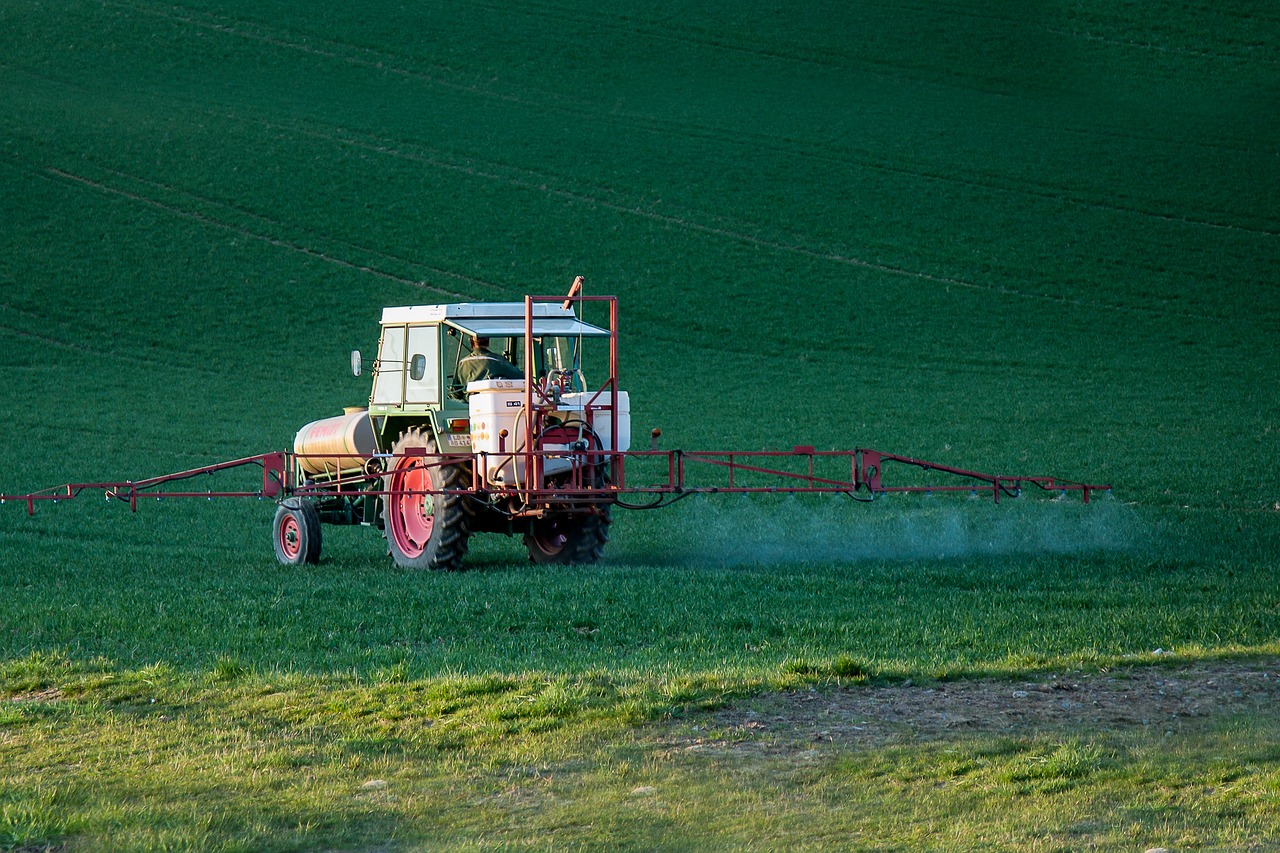
Using Natural Repellents
Citrus peels for spiders
Spiders are often unwanted guests in homes, and citrus peels can help keep them away. Spiders dislike the aroma of citrus, so placing citrus peels near areas where spiders tend to gather, such as windowsills, corners, and doorways, can deter them from entering. Replace the peels regularly to maintain their effectiveness. This natural repellent is safe and easy to implement.
Cinnamon for ants
Ants are a common household pest, but cinnamon can help keep them at bay. Like spiders, ants dislike the strong scent of cinnamon. Sprinkle cinnamon powder in areas where ants are present or where you suspect they may be entering your home. Focus on entry points such as windowsills, doorways, and cracks. The cinnamon acts as a deterrent and can help discourage ants from invading your space.
Vinegar for fleas
Fleas can be a persistent problem, especially if you have pets. Vinegar is a natural and effective repellent for fleas. Simply mix equal parts water and vinegar in a spray bottle and apply it to your pet’s fur, bedding, and any areas where fleas are likely to hide, such as carpets and furniture. The odor of vinegar repels fleas and can help control infestations. Additionally, regularly washing your pet’s bedding in hot water can help eliminate fleas and their eggs.
Spraying Solutions
Dish soap and water for aphids
Aphids can wreak havoc on your garden plants, but a simple solution of dish soap and water can help get rid of them. Mix a few tablespoons of dish soap with water in a spray bottle and spritz it directly onto the aphids. The soap disrupts their cell membranes and kills them on contact. This natural insecticide is safe for most plants and can effectively control aphid infestations. Be sure to thoroughly rinse your plants with water after applying the solution.
Neem oil for garden pests
Neem oil is a popular organic pesticide that works against a variety of garden pests, including aphids, whiteflies, and caterpillars. Dilute neem oil according to the instructions on the bottle and spray it onto your plants, focusing on both the leaves and stems. The neem oil disrupts the feeding and reproductive patterns of pests, effectively reducing their population. Regular applications of neem oil can help protect your garden plants from destructive pests.
Boric acid for cockroaches
Cockroaches are a common household pest that can be difficult to eliminate. One effective DIY solution is boric acid. Mix boric acid with a powdered sugar or flour to attract the cockroaches, then place the mixture in areas where you’ve noticed their activity, such as under sinks, behind appliances, and along baseboards. The cockroaches will be attracted to the bait and will consume the boric acid, which acts as a stomach poison. Over time, the boric acid will help control the cockroach population in your home.
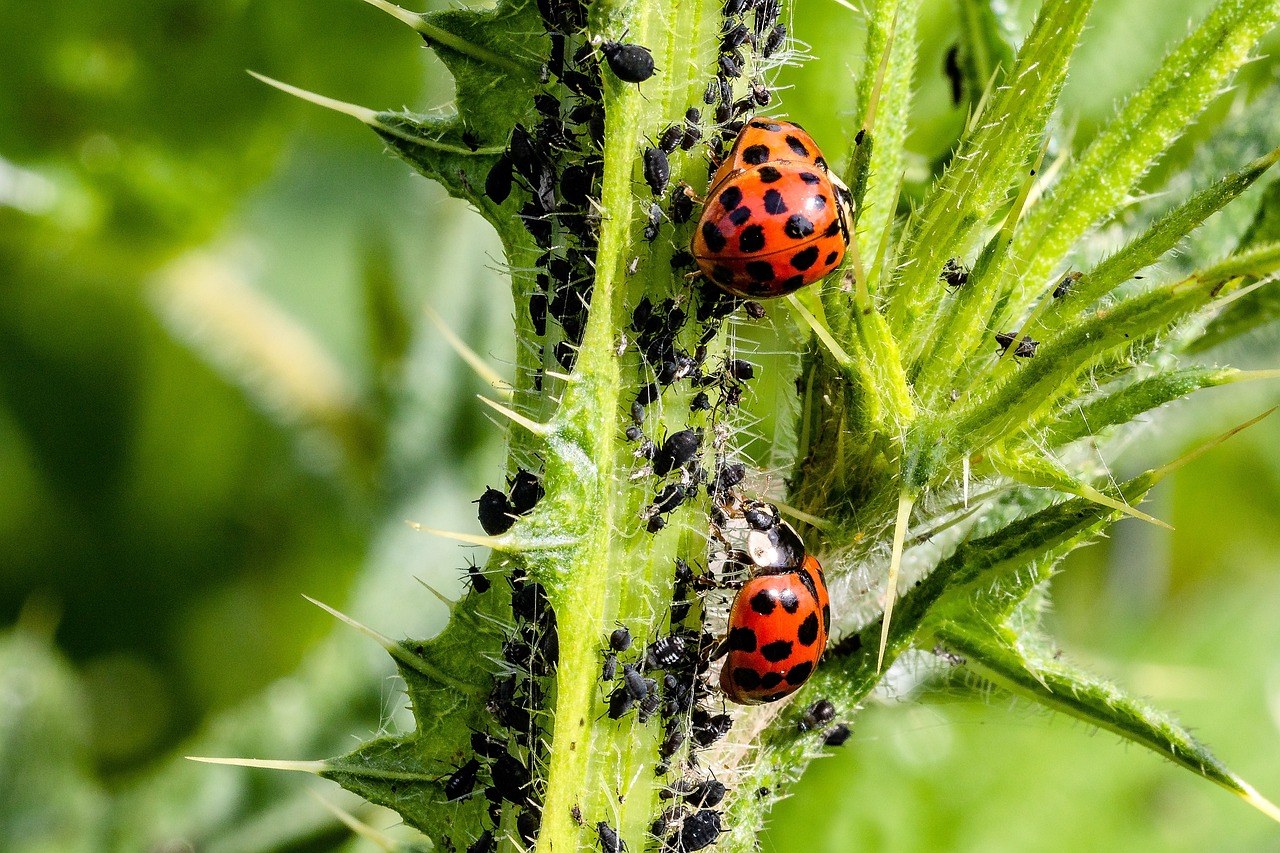
Implementing Proper Waste Management
Secure garbage bins
Pests are attracted to the smell of garbage, so it’s important to secure your garbage bins to prevent them from accessing the waste. Use bins with tightly fitting lids to keep pests out. Make sure the lids are in good condition and close properly. If necessary, use bungee cords or other fasteners to further secure the lids. Regularly clean the bins to remove any food residue or odors that might attract pests.
Compost properly
If you have a compost pile, it’s important to manage it correctly to prevent attracting pests. Avoid adding meat, dairy, and greasy foods to your compost, as these can attract unwanted visitors. Opt for a sealed compost bin or use a composting method that minimizes pest access, such as vermicomposting. Monitor your compost regularly and turn it to help speed up decomposition and deter pests.
Remove standing water
Standing water is a breeding ground for mosquitoes and other pests, so it’s important to remove any sources of stagnant water around your property. Check for areas where water collects, such as clogged gutters, birdbaths, and containers. Empty and clean these areas regularly to prevent mosquitoes from laying their eggs. By eliminating standing water, you’ll significantly reduce the number of pests in your outdoor area.
Maintaining a Well-Kept Garden
Trim plants and bushes regularly
Overgrown plants and bushes can provide shelter and hiding places for pests. To prevent pest infestations, regularly trim and prune your plants. Keep vegetation away from the exterior of your home, as it can serve as a bridge for pests to enter. Trim back branches and foliage that touch your home or create a pathway for pests to access your property. By maintaining a well-kept garden, you’ll reduce the attractiveness of your property to pests.
Remove garden debris
Leaves, branches, and other garden debris can create hiding spots for pests and provide them with a food source. Remove any fallen leaves, trimmings, or dead plants from your garden regularly. Dispose of the debris in sealed bags or compost it properly. Keep your garden clean and free from clutter to discourage pests from taking up residence.
Rotate crops
Crop rotation is an effective method for pest control in vegetable gardens. Pests often favor specific plants, so by rotating your crops each year, you disrupt their life cycles and reduce the likelihood of infestations. Planting different crops in different areas of your garden can also help prevent the build-up of soil-borne pests and diseases. Consult a gardening guide or local extension service to determine the best crop rotation plan for your region.
Effective Outdoor Lighting
Use yellow or sodium vapor lights
Outdoor lighting can attract a variety of flying insects, including mosquitoes and moths. To minimize the attraction of pests, opt for yellow or sodium vapor lights instead of traditional white lights. Yellow and sodium vapor lights are less attractive to insects and can help reduce the number of pests congregating around your outdoor areas.
Install motion sensor lights
Motion sensor lights are not only a great security measure, but they can also help deter pests. Install motion sensor lights around the perimeter of your property to provide sufficient lighting when needed and discourage pests from venturing too close to your home. The sudden bursts of light emitted by motion sensor lights can startle and deter pests, keeping them away from your outdoor spaces.
Utilize bug zappers
Bug zappers are an effective tool for controlling flying insects, such as mosquitoes and flies. These devices emit UV light, which attracts insects, and then electrocutes them upon contact. Place bug zappers strategically around your outdoor areas, focusing on areas where pests are most problematic. However, it’s important to note that bug zappers may also attract beneficial insects, so use them with caution and consider the specific needs of your outdoor space.
Calling in Professionals
Consult with a licensed exterminator
If you’re dealing with a persistent or severe pest infestation, it may be necessary to consult with a licensed exterminator. A professional can assess the situation, identify the pest species, and recommend the most effective course of action. Licensed exterminators have access to specialized tools and treatments that may be necessary for eradicating pests safely and effectively.
Consider integrated pest management
Integrated pest management (IPM) is an approach that focuses on long-term pest prevention and control, using a combination of techniques. It incorporates the use of non-chemical methods, such as exclusion and sanitation, alongside targeted pesticide applications if needed. Consider implementing IPM practices in your home and garden to maintain a pest-free environment while minimizing the use of potentially harmful chemicals.
Research local pest control services
If you’re unable to resolve a pest issue on your own, it may be necessary to hire a professional pest control service. Research local pest control companies and read reviews from customers to determine the best option for your needs. Look for companies that utilize environmentally friendly practices and prioritize the safety of humans and pets. Professional pest control services can provide targeted treatments to eliminate pests and offer ongoing maintenance to prevent future infestations.
By following these comprehensive DIY pest control methods, you can effectively prevent and manage pest infestations in your home and outdoor spaces. From sealing entry points to utilizing natural repellents, there are numerous strategies you can implement to keep pests at bay. Remember, maintaining a clean environment, implementing proper waste management, and seeking professional assistance when needed are all key steps in creating a pest-free living environment. By taking a proactive approach to pest control, you can enjoy a comfortable and pest-free home.
